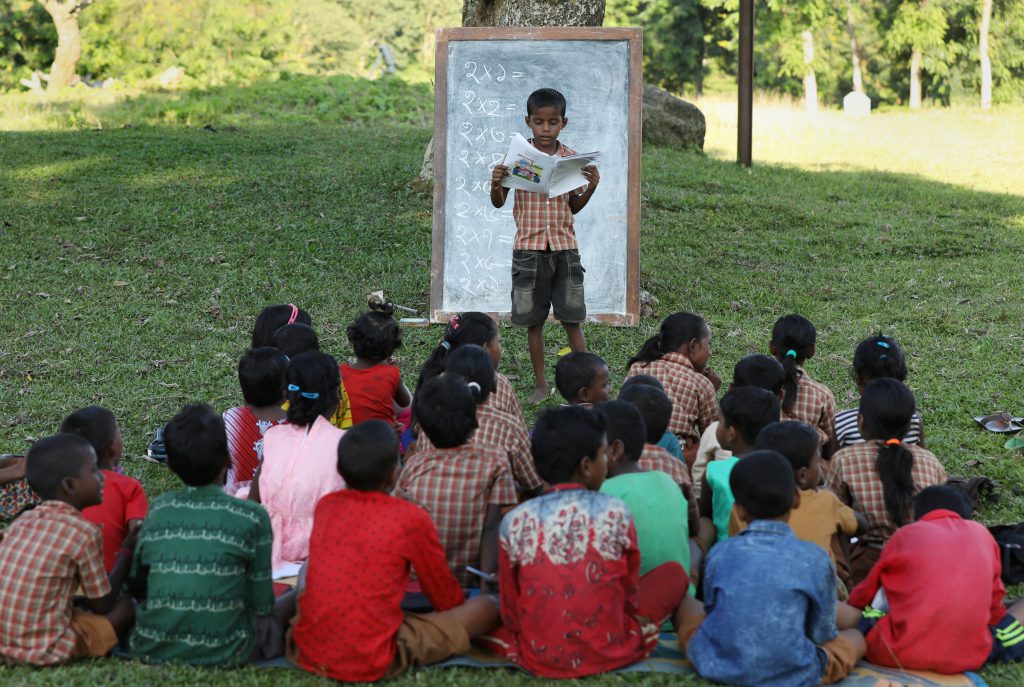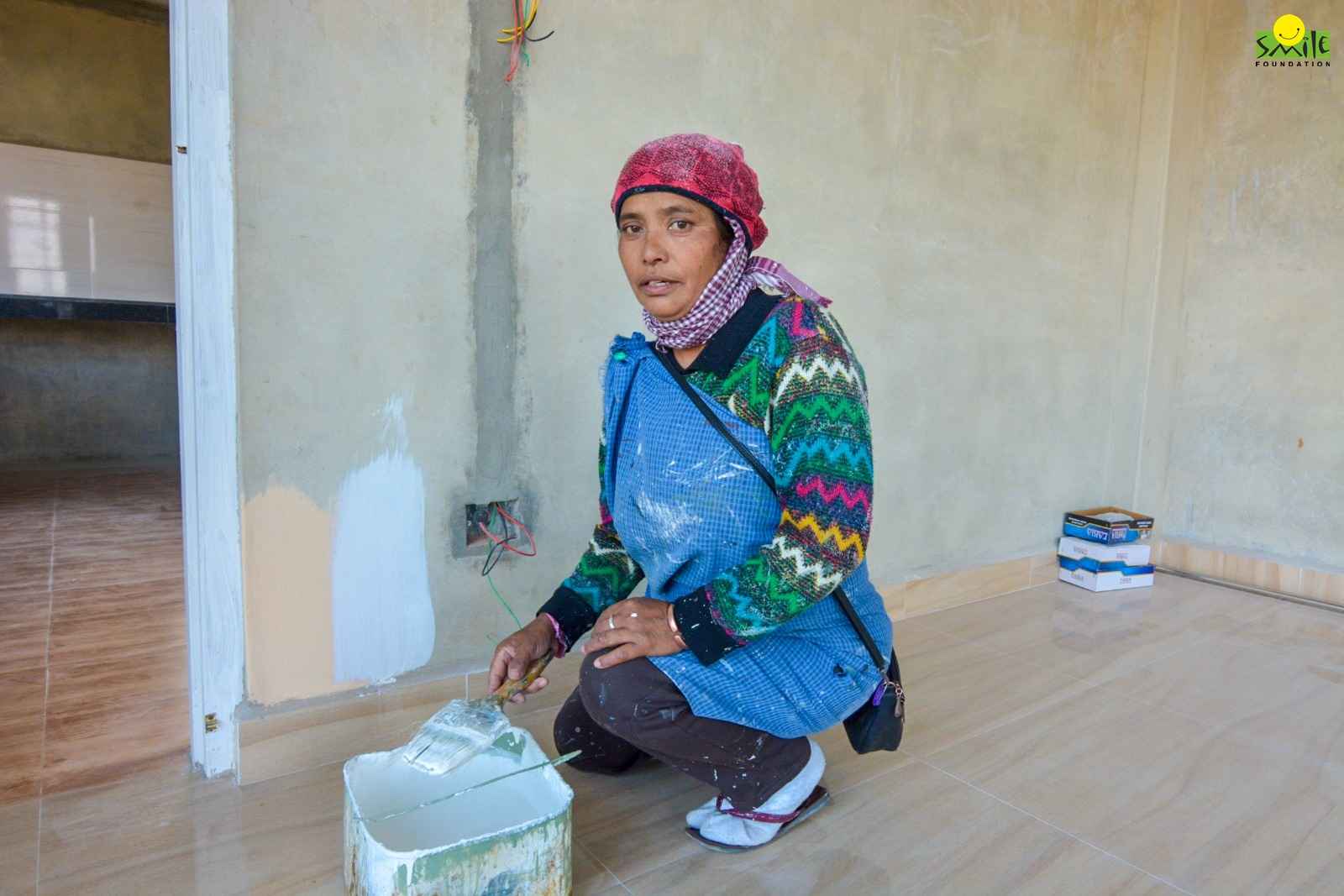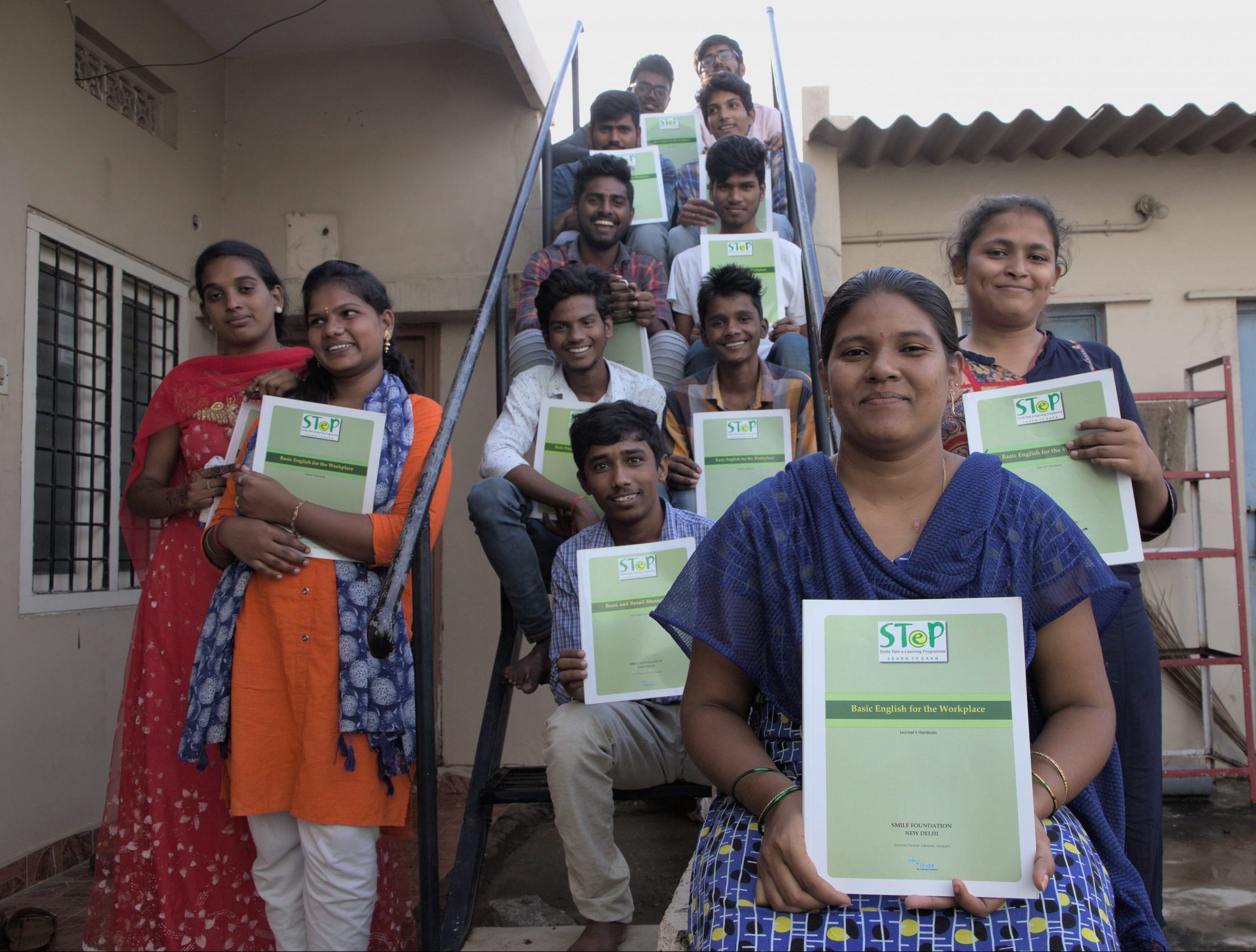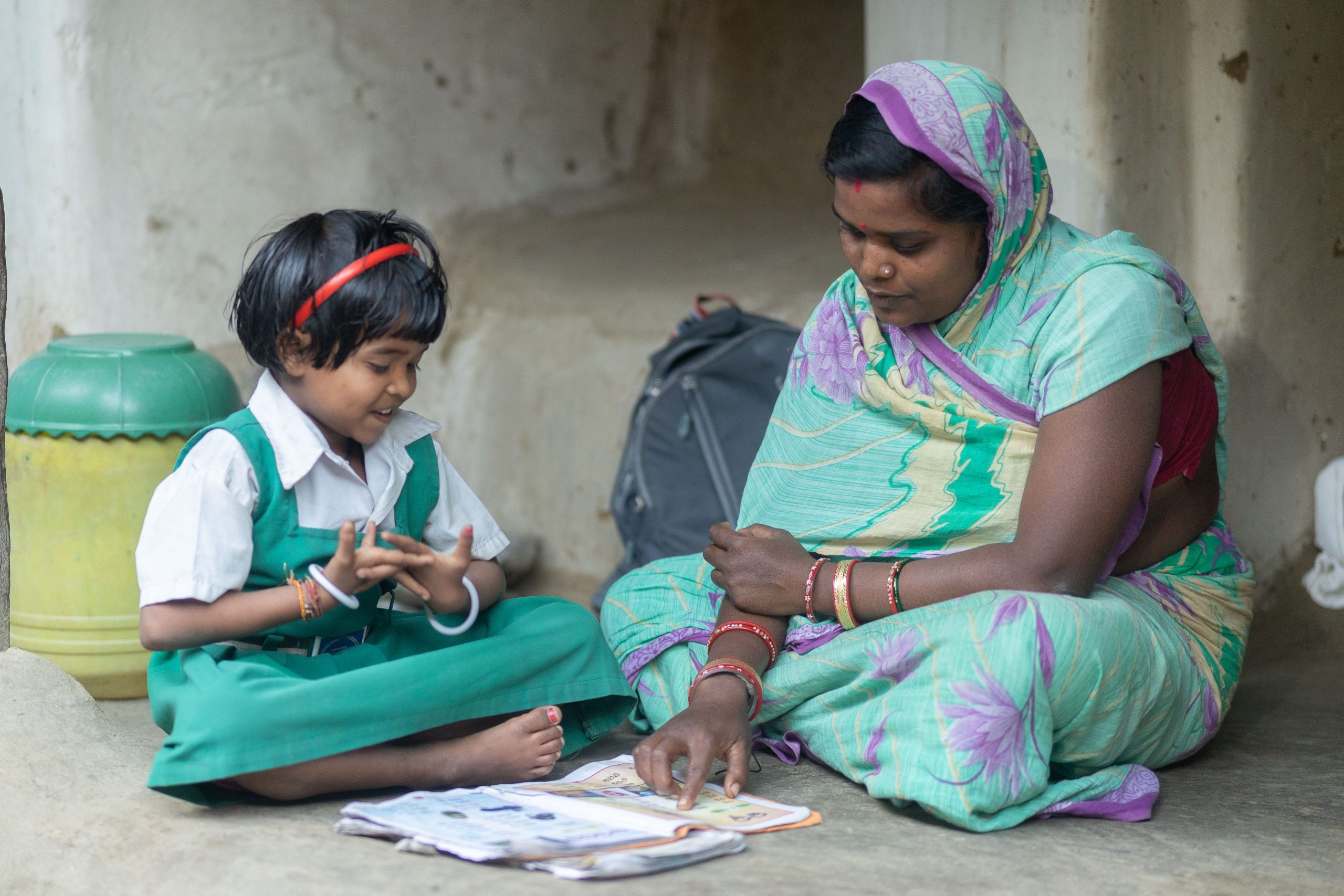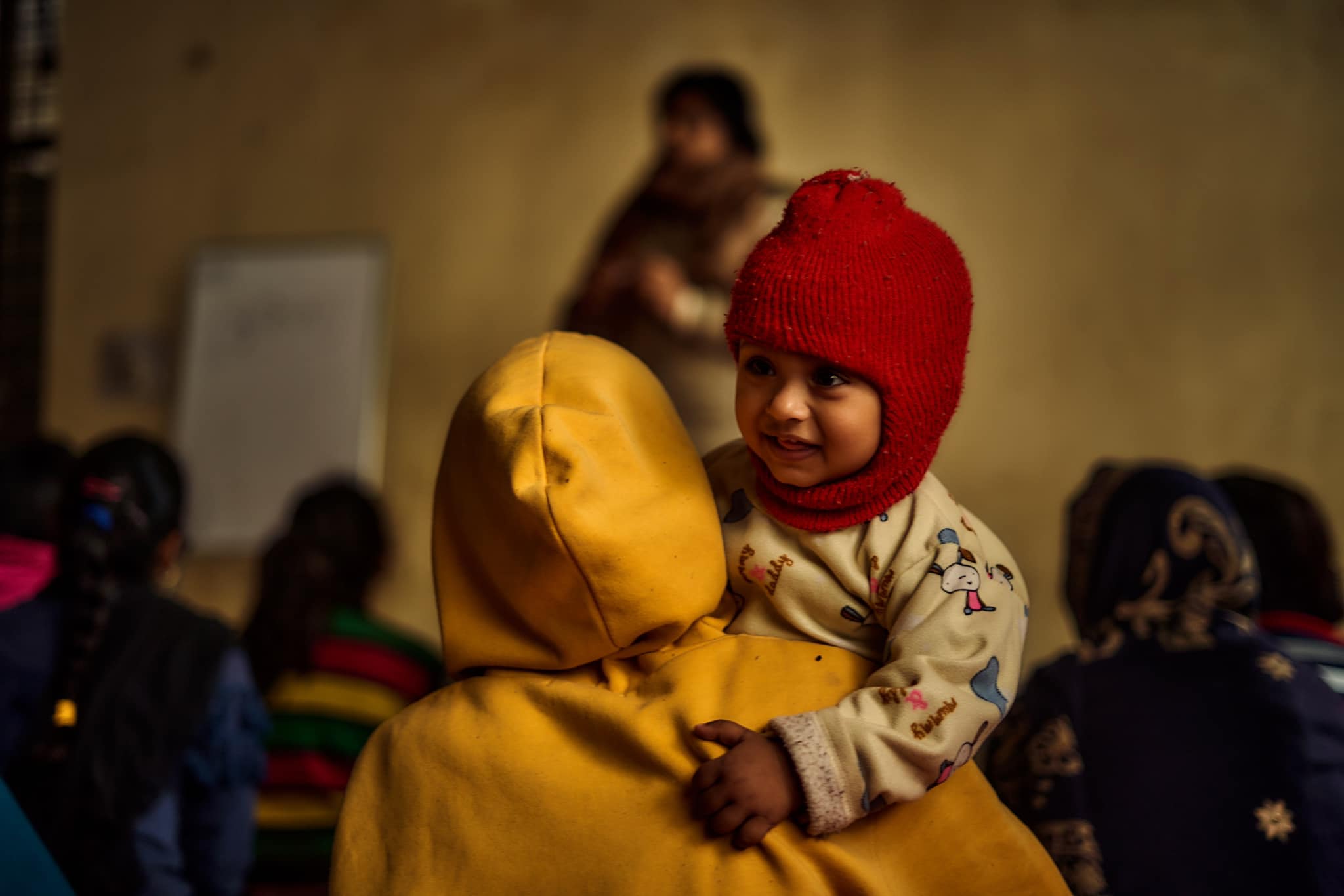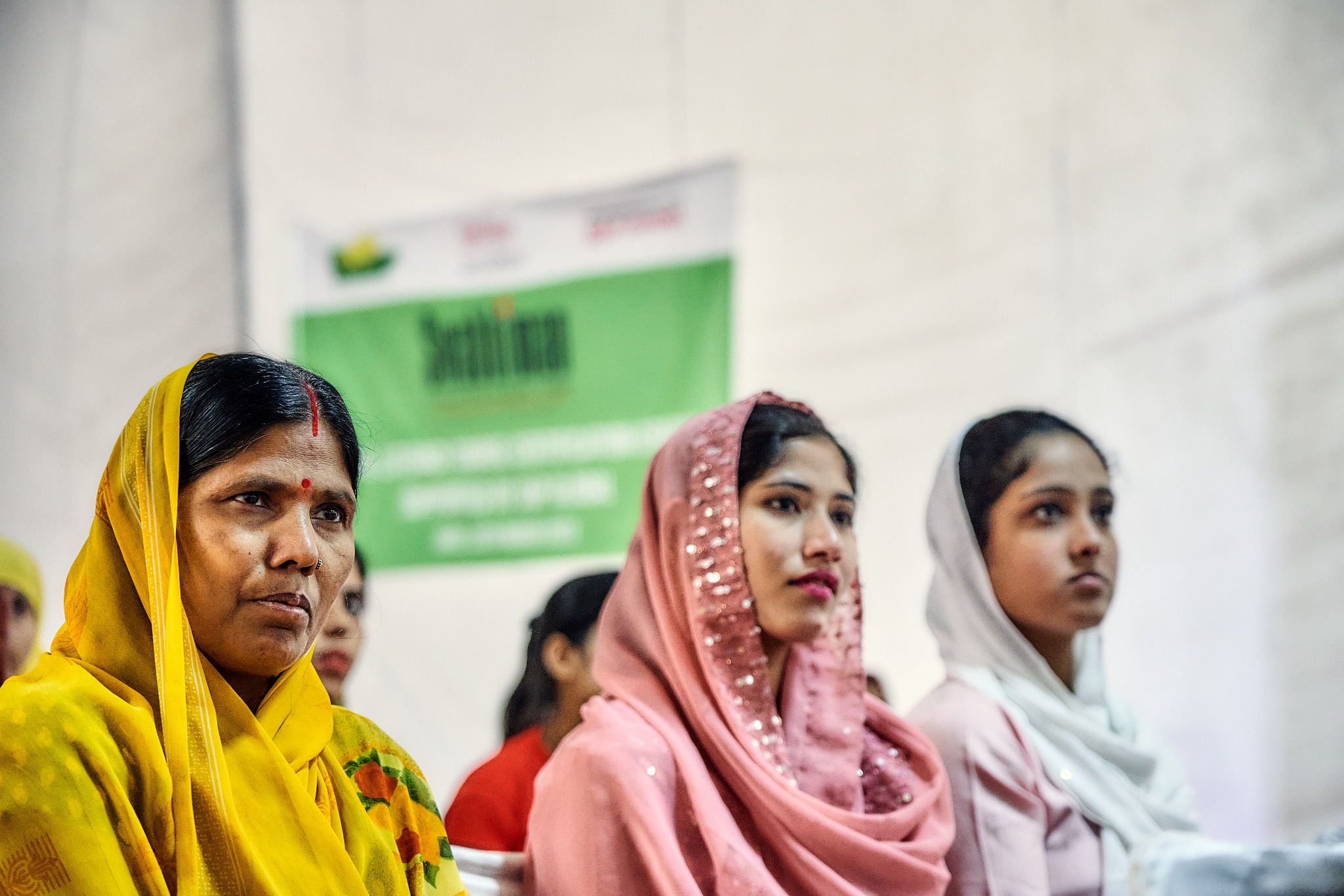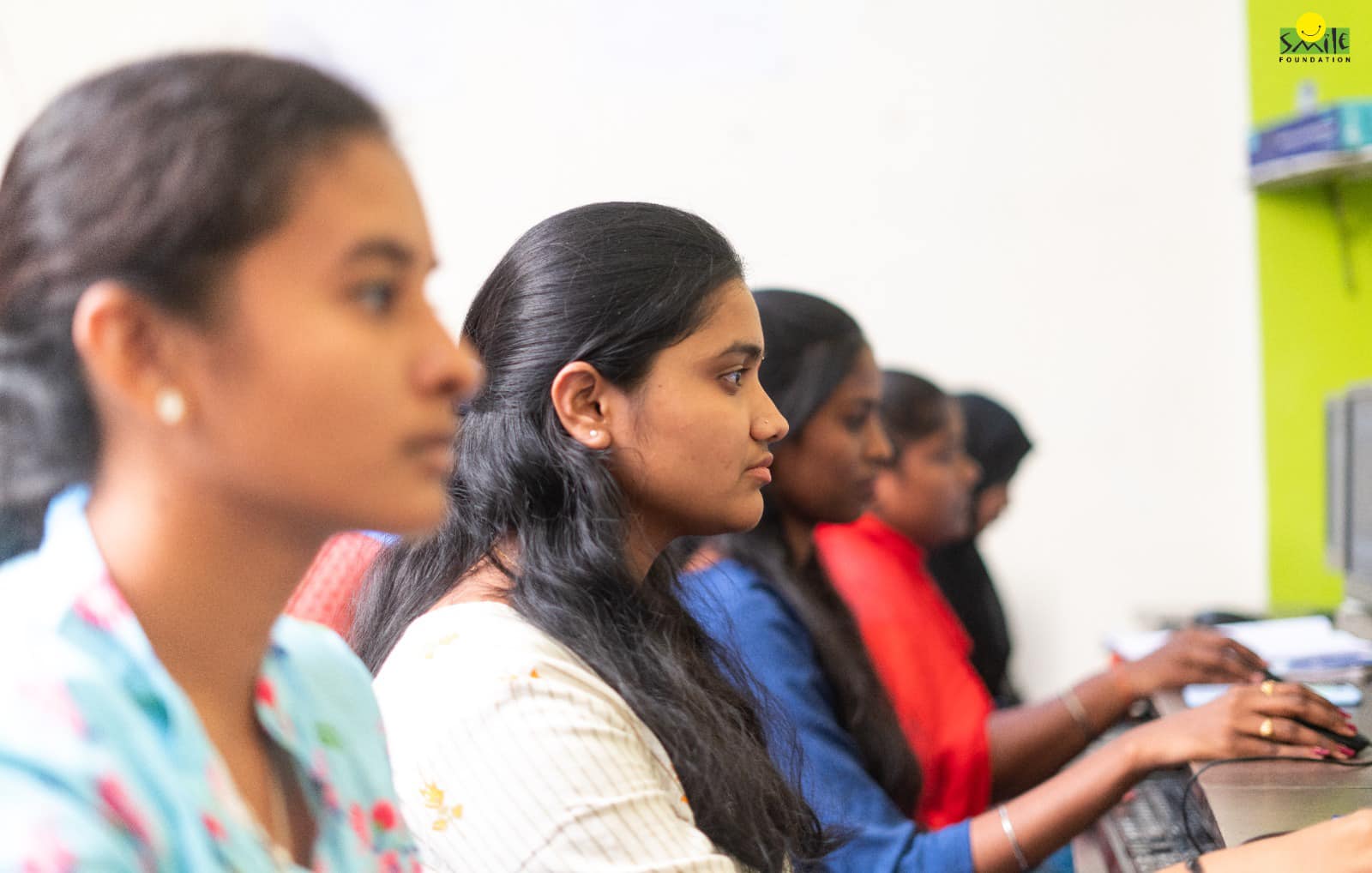The outbreak of novel coronavirus has created an unprecedented situation around the world, it has impacted all sectors including education of rural poor students. Humankind is no stranger to calamitous outbreaks of diseases. However, this is the first viral outbreak of this nature and scale in our lifetime.
The number of novel coronavirus disease (COVID-19) cases surged to more than 22 million across the globe, while the number of cases in India crossed 2.9 million as of August 21, 2020.
The nationwide ‘unlock’ / ‘Lockdown’ phases in India began March 25th onwards. All educational institutions were closed to promote the need for social-distancing, aggravating the impact on education. Schools and educational institutes have remained closed even after the unlock phases to ensure the safety of students, teachers and their families.
COVID-19 has posed such an emergency situation that the whole educational system has switched to e-learning in order to keep the students engaged in their academics. The unexpected closure of schools during the lockdown has led to digital education to ensure safety and to keep up the students with the curriculum. Hence, it is quite challenging for teachers, parents, and students to get used to the new age of schooling through e-learning. As no one knows till when the schools and other educational institutions remain shut.
The impact was more severe for disadvantaged children and their families. In India, where most people still live in rural areas, almost 70 per cent of children attend government schools. Nationwide digital learning is practically impossible in such schools and comes with its opportunity costs.
Poor internet connectivity, power supply, lack of smartphones and other gadgets hinder education of poor students in rural areas. The Niti Aayog, in its Strategy for New India@75 report, said 55,000 villages in the country did not have mobile network coverage.
School students between 4 and 12 years of age in rural villages hardly own mobile phones or know how to use them for digital teaching.
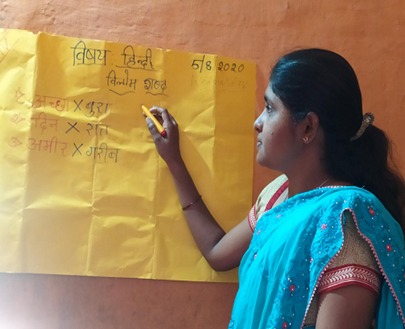
Teachers connect with them through their parents’ phones, ultimately consuming their time. Mostly, parents who go outside from their homes, struggle between their work and the education of their children.
An in-house survey by the University of Hyderabad, it is found 2,500 students had issues with online teaching. Though 90 per cent of the respondents had a mobile phone, about 63 per cent of them could only access online classes infrequently or not at all.
Interestingly, among the concerns raised about online instruction, 40 per cent reported unreliable connectivity as being a major deterrent, while 30 per cent cited the cost of data. Significantly, 10 per cent reported on uncertain electricity supply as a concern. On the other hand, while mobile phones are more or less available to all, those who own laptops or computers are very few in number.
The New Education Policy, 2020 will prepare school systems to face such pandemics more efficiently and without prolonged disruption in the future and move towards building a strong public education system in the country specifically for students in rural villages in India. COVID-19 has taught us how schooling is not equivalent to merely learning, but encompasses a social space, a social process, to learn to live, think and act for the betterment of one’s self and society as a whole.
To know more about Smile Foundation’s research on lack of resources for online education visit https://www.smilefoundationindia.org/Media/about-56-pc-of-children-have-no-access-to-smartphones-for-e-learning-study.html



